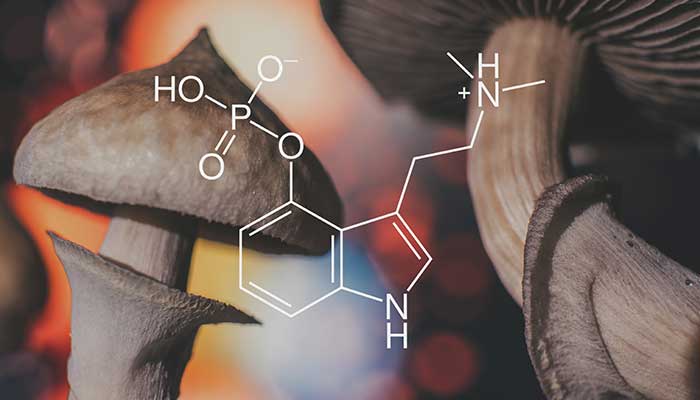
Psilocybin- the ancient herb, and how it can be the potential cure for rational enigmas.
Psilocybin is a naturally occurring plant alkaloid found in the Psilocybe genus of mushrooms. They have been used for millennia for healing purposes but were medically discovered by modern sciences in the late 1950s. It is a prodrug against a classic psychedelic drug whose principal effects are mediated by receptor agonism. It is hence novel pharmacology in the context of currently available antidepressant medications.
The enhanced cognitive flexibility associated with learning cortical plasticity and antidepressant responses have been reported with 5-HT receptor agonism in animals, and increased and sustained improvements in wellbeing and optimism have been observed after psychedelic experiences in humans. Findings from human imaging studies with psilocybin supplemented these discoveries showing alterations in brain activity suggestive antidepressant potential. A range of effective antidepressant treatments have been found to normalise the hyperactivity in the medial prefrontal cortex, and we found reduced blood flow in this region with intravenous psilocybin.
The data obtained from large scale population's studies recently challenged the view that psychedelics negatively affect mental health. The lower rates of distress were lower among people who used psychedelics within their lifetime than those who did not use them.
The procedure-
The psilocybin obtained from THC-pharm formulated into the investigational medicinal product. Eligible patients attended a subsequent visit involving a baseline functional MRI scanning session lasting 60 minutes, followed by an extensive preparatory session with allocated psychiatrists. The introductory session involved inviting patients to talk openly about their history—discussing psilocybin psychological effects and simulation of aspects of the dosing session itself.
The session lasted for 4 hours with lunch and brakes included. The enrolled patients attended two subsequent dosing sessions that were separated by 7days. The patients were dozed one by one to ensure no substantial deviation from baseline measures.
Dosing commenced saw that patients received a low oral dose of psilocybin 10 on the first dosing day and a high oral dose of 25mg on the second day. The blood pressure and heart rate were monitored with subjective ratings of acute altered state of consciousness.
The tranquilising medications were available if necessary. The phenomenology of critical experience includes accounts of the nature of therapeutic support provided before, during and after the incident. Considerations are related to music selection and other aspects of the clinical setting.